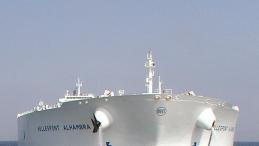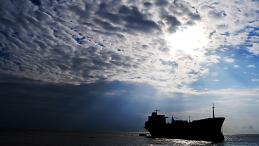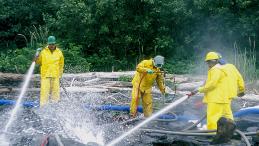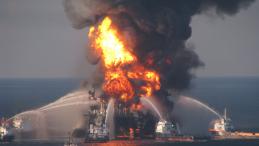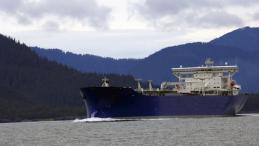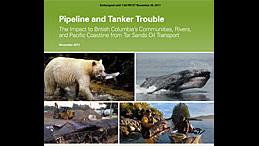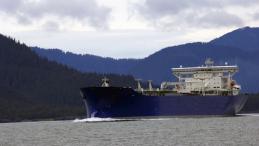Victory on tanker ban motion a victory for the coast
Vancouver, B.C. - Environmental groups are praising the vote today in the House of Commons in support of a legislated tanker ban for Canada’s Pacific North Coast. The motion was put forward by Skeena-Bulkley Valley MP Nathan Cullen whose riding includes the Great Bear Rainforest and thousands of coastal jobs that depend on a healthy marine environment.

